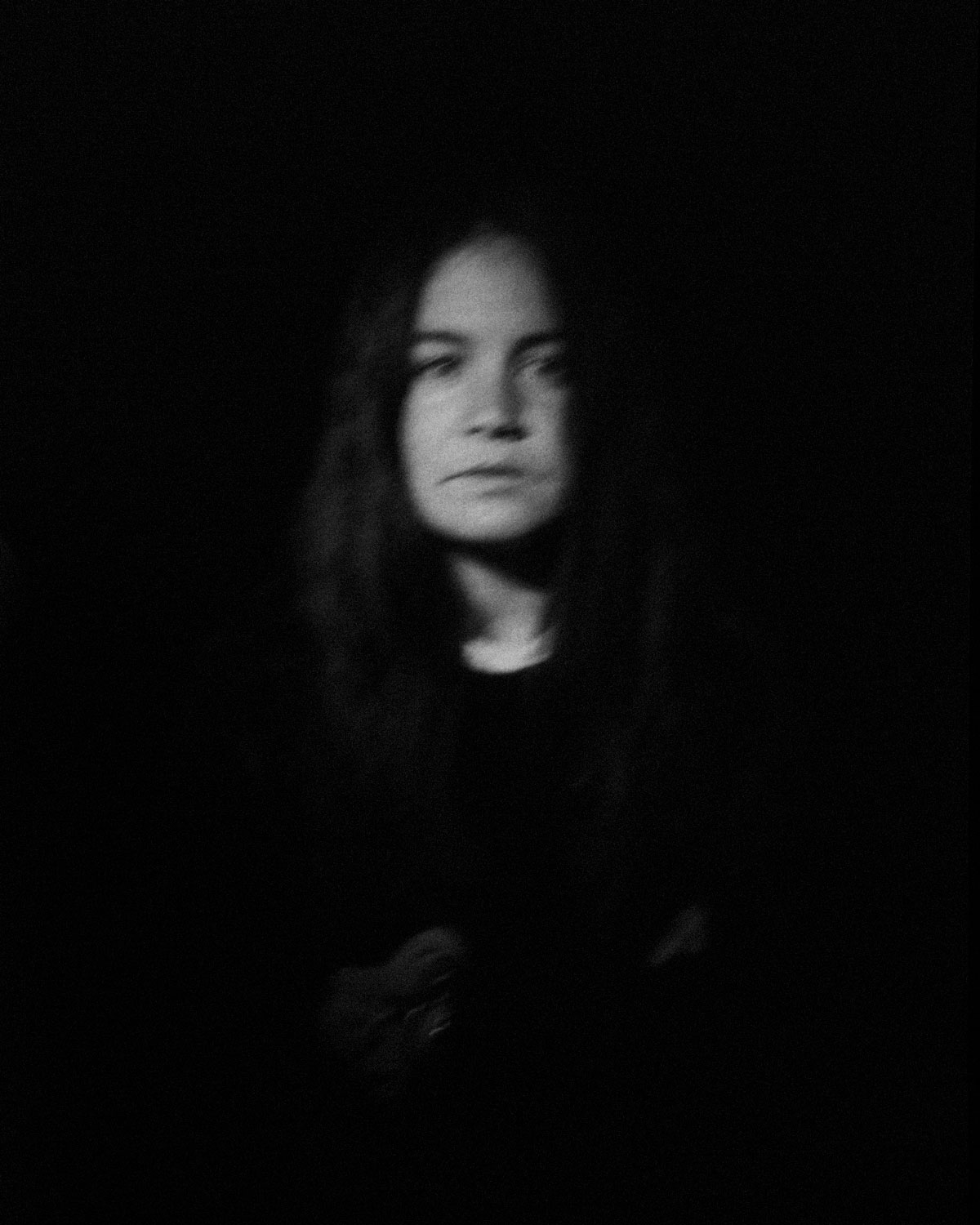
THE WALLONIE-BRUXELLES CENTRE | PARIS
Director : Stéphanie Pécourt
Far from being a mausoleum that would contribute to the canonisation of the heritage of French-speaking Belgian culture, the Centre is a reference catalyst for contemporary Belgian creation and the artistic ecosystem in its transversality. Through a resolutely de-anctuarising and transdisciplinary programme, the Centre is mandated to disseminate and promote the work of artists based in he Walloon-Brussels Federation, with a view to optimising their exposure in France. It this ensures the promotion of emerging or confirmed talents, from the periphery to the delicated. It contributes to stimulating co-productions and international patnerships and to crystallising attention in favour of the Belgian scene.
The Centre unveils, by season, artistic approaches that attest to the irreducibility of the porous territories of Belgian contemporary creation to a common denominator. Located in the 4th arrondissement of Paris, opposite the Centre Pompidou, its programming is spread over more than 1000 m². An offshore Belgian island, it also implements satellite programming outside the walls in conjunction with institutions, operators and prescribing events.
The Centre is a decentralized service of Wallonie-Bruxelles International (WBI): an instrument of the international policy conducted by Wallonia-Brussels federation and the French Community Commission of the Brussels Capital Region.
LAURE WINANTS
Born in Spa (Belgium) in 1991, Laure Winants obtained her master’s degree in Visual Communication at the IHECS Academy (Brussels) in 2016. She specialised in visual arts at the Belo Horizonte UFMG Fine Arts in Brazil, and completed her practice in Belgium, returning to the KASK Koninklijke Academie voor Schone Kunsten in Gent (2017-2018).
Her photographic projects consider the ways we are connecting with our environment, natural phenomena, and our aesthetic perceptions. Passionate about the sea and navigation, she is currently preparing a research on microplastics. In her latest creation takes shape – an evolving installation she highlights the destruction of natural spaces.
Laura Winants presents her research evolution in different premises: at La Cambre Bruxelles during the collective exhibition 60/60 (The Comet is coming in March 2019), at the Musée de la photographie of Carleroi (The Comet is coming in May 2019), at the RAVI (2020), at the Art au Centre, Liège and the Tiny Gallery, Brussels. After several residences, she displayed her next exhibition in December 2020 in Brussels. In 2021, she is going to exhibit at the CCHA Centre d’art of Hasselt as well as in Liège for the Prix de la creation 2020.
She lives and works in Brussels.
THEME : Climate sciences
Following an artist-researcher approach, I walk around the mountains in search of clues and prints – thus faithfull to this « art of investigation » mentioned by Tim Ingold – and putting them in perspective in front of climate change and anthropogenics pressures.
ALBEDO is based on a short-time research around naturals elements and offer a photogrpahic and expérimental study on the tracks that fluctuations and climates dynamics draw on Earth and on substance. In order to understand these indicators of change, she surronds itself with a multidisciplinary team whose approaches are focused on climatology, and their mesures tools. A dialogue is getting created with the researchers of those differents plastics and scientifics subjects of CNRS- Materials and Climates Sciences. The differents axis research hinge on mesures tools ; stratospheric balloons, radars, sensors such as ARGOS, LEGOS. Tracks of climate change on the Pic du Midi of Bigorre with OMP – Observatory Midi-Pyrénées. As well as tracks of human with « microplas-tiques » research in the atmosphere of Gaël Leroux from Laboratory of functional ecology and environment.
ALBEDO allows us to meet the mountain, to face it and to join the expedition with an in situ solarisation camera on our back. The camera is carried on each expedition and is inscribed in a quasi-performative way in the landscape, then the image is constructed with the physical engagement of the territory. The photographic traces of the expedition are accompanied by a simple, eroded substance taken at the place of printing as well as location data. During the expedition, the collected substance becomes a geographical imprint as well as the pigment base inside the photosensitive solution. In situ printing takes all elements into consideration – solar radiation, weather conditions, atmospheric gases, minerals. Albedo highlights the importance of the mountain for all the ecosystems it shelters and protects. Time does not fade away. The Earth continues to eternally imprint what we do to it.
This involved approach aims to bring datas out of laboratories so they could take place in a public debate. A human and sensitive dimension of science which allows transgressions, metaphors, paralels and winks.
